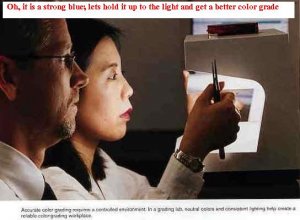strmrdr
Super_Ideal_Rock
- Joined
- Nov 1, 2003
- Messages
- 23,295
EU would be a much better target to get to implement a standard than the US.Date: 6/17/2009 2:34:36 AM
Author: Garry H (Cut Nut)
Date: 6/17/2009 2:29:26 AM
Storm!!!!
US govt got us into the mess we are in back in the 1930's.
And sorry, but there is life outside USA.
Call it unification of diamond standards and it might have a pretty good chance.
Using EU anti-trust laws would be better also, more teeth.
Which is why AMD is going after Intel in the UE and not the US.






300x240.png)